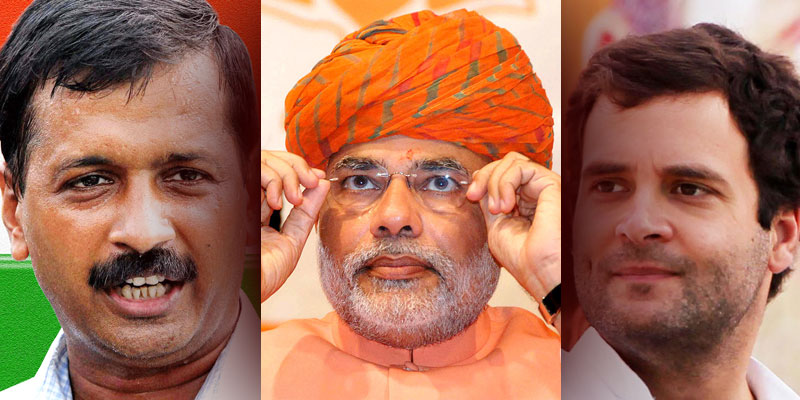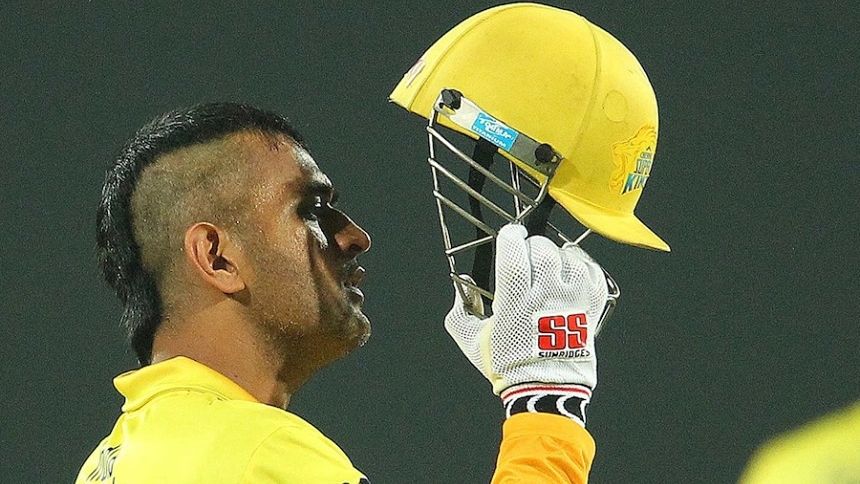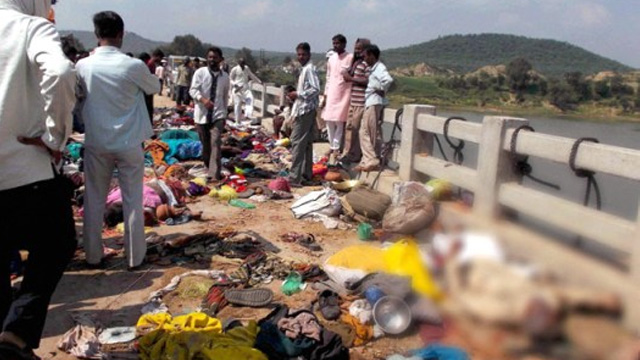With anti-Congress sentiments across the country, AAP ready to cut vote shares of maximum candidates, SP on another low, BSP trying to hang in balanace and BJP on a high, the results from UP are most awaited.
Uttar Pradesh with its 80 Lok Sabha seats and politically sharp voters has been a key to Lok Sabha. With over 1000 candidates in the fray every elections, the state always surprises us. It has given many Prime Ministers and continues to host the most interesting fights.
This time too, Uttar Pradesh is bound to remain at the centre of attention for two main reasons: Its sheer size and three PM candidates fighting from the state seats.
BJP’s prime ministerial candidate Narendra Modi has shun his comfort zone and will contest from Varanasi. It is not for the reason that he believed he will lose in his home state, but for the mere fact that his popularity has crossed all state boundaries.
If this was less interesting, Aam Aadmi Party leader Arvind Kejriwal too has asked people to tell him whether he should contest from the same seat or not. Needless to say the verdict is already out that he will stand to test his fate from Varanasi. He has already said that he will stand against Modi to “defeat” him.
With his glittery past where he had defeated former Delhi CM and now Kerala Governor Shiela Dikshit from over 25,000 votes, Kejriwal must be hoping to repeat history. But there are other partoes in the fray too, like BSP and SP, which may dampen his hopes.
Raebareli has always been a part of the limelight due to Congress high command’s presence. Although, the decision on where should Rahul Gandhi be contesting from is yet to be taken, he is a sitting MP from Amethi and will choose the secured seat again in all its likeliness. But the main problem is AAP’s Kumar Vishwas who is standing against him from Amethi. If Rahul chooses another seat, AAP will get ammunition to heckle Congress again.
The interesting quotient does not end here. Former CM of state Mulayam Singh Yadav of Samajwadi Party has decided to fight from two seats – Azamgarh and Mainpuri given the bad condition of his party under his son Akhilesh Yadav’s government.
Given the sheer size of the state, it is always perceived that whoever wins the battle in the state rises in the national graph eventually and forms the government at the centre. At least it has proved right for the BJP.
During the Ram Mandir and Lal Krishna Advani’s Rath Yatra phase, the party had won 50 plus seats from the state in the general elections of 1991, 1996 and 1998. The popularity that BJP gained led it to form a coalition government at the centre under the leadership of Atal Bihari Vajpayee in 1998. The importance of UP can be adjudged by the fact that it had won 57 seats in the state and 181 seats in total in the country in that election.
When BJP lost in 1999, it had won an all time low of 29 seats in the state. Although the party remained in power due to its coalition equations, it was removed from the centre-stage in 2004 by the UPA and remained out in 2011. The reason was also the rise of Samajwadi Party and Bahujan Samaj Party in the state.
With anti-Congress sentiments across the country, AAP ready to cut vote shares of maximum candidates, SP on another low, BSP trying to hang in balanace and BJP on a high, the results from UP are most awaited.





